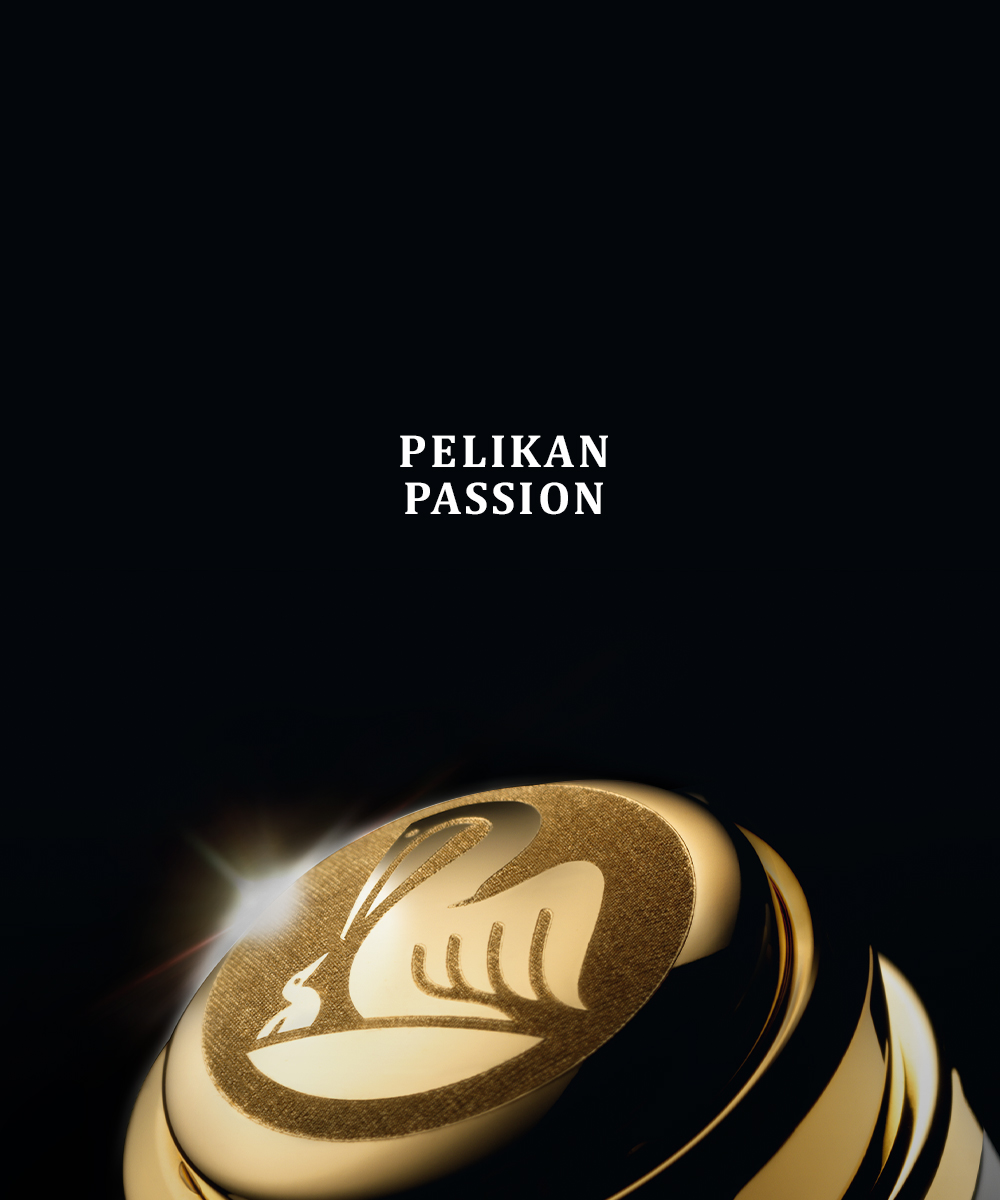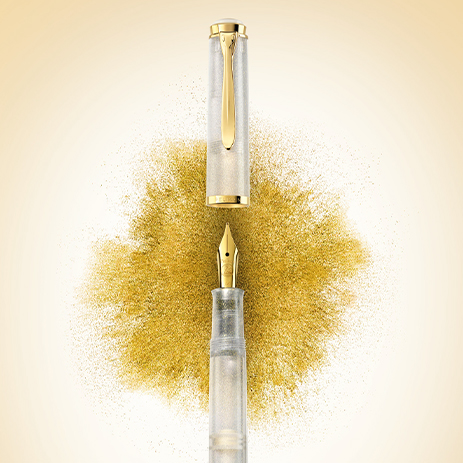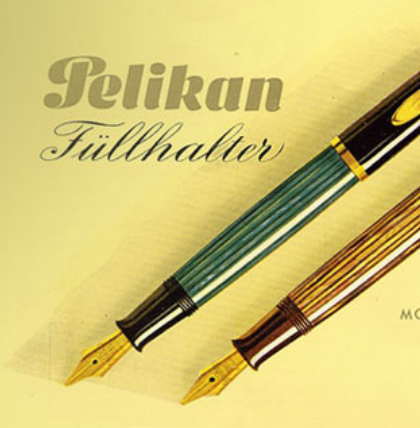
How long have fountain pens been existing?
Since people have been using writing liquids, they have been thinking about how to develop a writing instrument which holds more ink, making it unnecessary to constantly dip the writing instrument (the nib) into the writing liquid. Feather pens (of reed) and quills (from geese) were the preferred writing instruments up to the 19th century. Some developmental stages of the fountain pen: 1636 development of the quill fountain pen; 1809 first patent for a fountain pen; England 1878 first German patent in the Reich; 1885 -1910 resettable and so-called safety fountain pens dominate (filling with pipette); 1929 the era of the differential piston fountain pens begins; 1960 the cartridge fountain pens start to be popular.
Can I engrave my Pelikan writing instrument?
Almost every fine writing instrument can be engraved. Depending on the surfaces, engravings are possible on the cap or barrel of fountain pens and roller balls and the upper part of ballpoint pens or mechanical pencils.
Which filling systems for fountain pens are offered today?
Mainly, there are two filling techniques: the differential piston filling and the cartridge system (as a variation on the converting technique).
The differential piston filling system: the piston refill is moved using a filler knob at the end of the shaft. This guarantees that the ink is economically absorbed out of the ink bottle. After filling, release a few drops of ink back into the bottle and then turn the filler knob to the closed position.
The cartridge system: Easy and clean to handle. The most common kinds of cartridges: The small standard ink cartridge (Pelikan = TP/6) and the giant ink cartridge (Pelikan = GTP/5). The variant converter: Makes it possible for you to convert a cartridge fountain pen into a piston filling fountain pen. Instead of the cartridge, the converter is inserted into the shaft. The fountain pen can then fill like a piston fountain pen out of the ink bottle.
Does Pelikan offer document proof ink that does not fade over the years?
We have 3 different kinds of ink in our collection, and all of them are document proof in varying degrees. Foremost, you have to be aware that the particles inside the ink which are responsible for creating the long-lasting effect can clog up the ink feeder (which is below the nib) or the ink tank, if the ink dries out. You will find more detailed information in the “ink” category.
How does the ink feeder function?
The ink feeder regulates the pressure between outside and inside, and therefore it supplies the top of the nib with the right amount of ink. The capillary tube keeps an excessive amount of ink from flowing out.

Nib Widths
The heart of every fountain pen—precision-crafted from 14- or 18-carat gold or stainless-steel nib. Each gold nib is tested by a master individually by hand. The smoother a pen glides across paper, the higher the quality of materials and craftsmanship that went into the nib. Only an exceptional nib can truly capture your personality on paper, your essence in ink. Unforgettably. Unmistakably.
Depending on pen model, the following nib widths are available. Please consider the specific commendations on the individual product sites:
- EF = extra fine
- F = fine
- M = medium
- B = broad
- BB = Double broad
- IB = Italic broad
What pieces do the fountain pens consist of?
Fountain pens are manufactured in many manual steps using very precise technology. Generally, they consist of: the nib, ink duct, sleeve with ink reservoir and differential piston filling mechanism or a space for cartridges or converter, the cap and the clip.
Are spare parts available for writing instruments, and how can they be obtained?
Most pieces can be obtained as spare parts from your specialist retailer.


